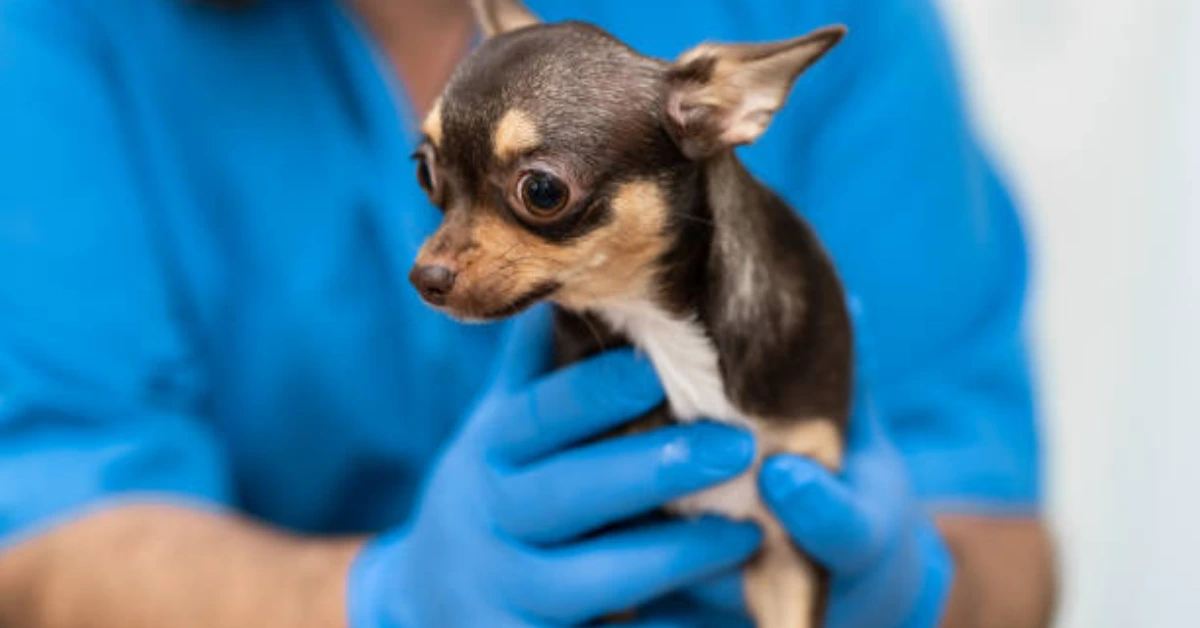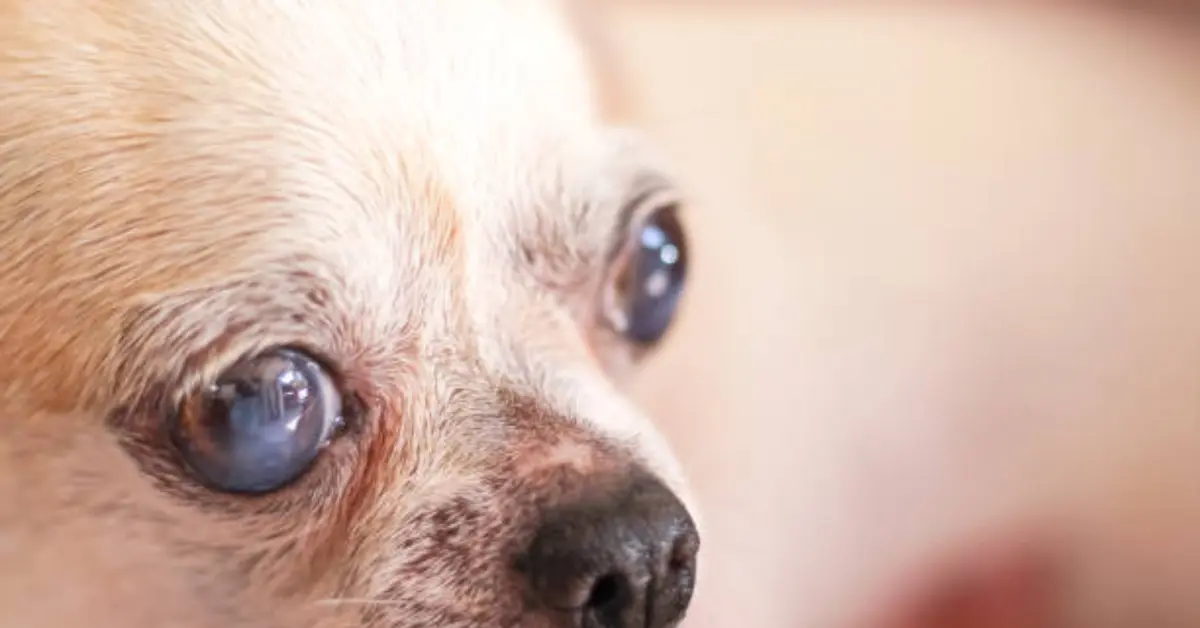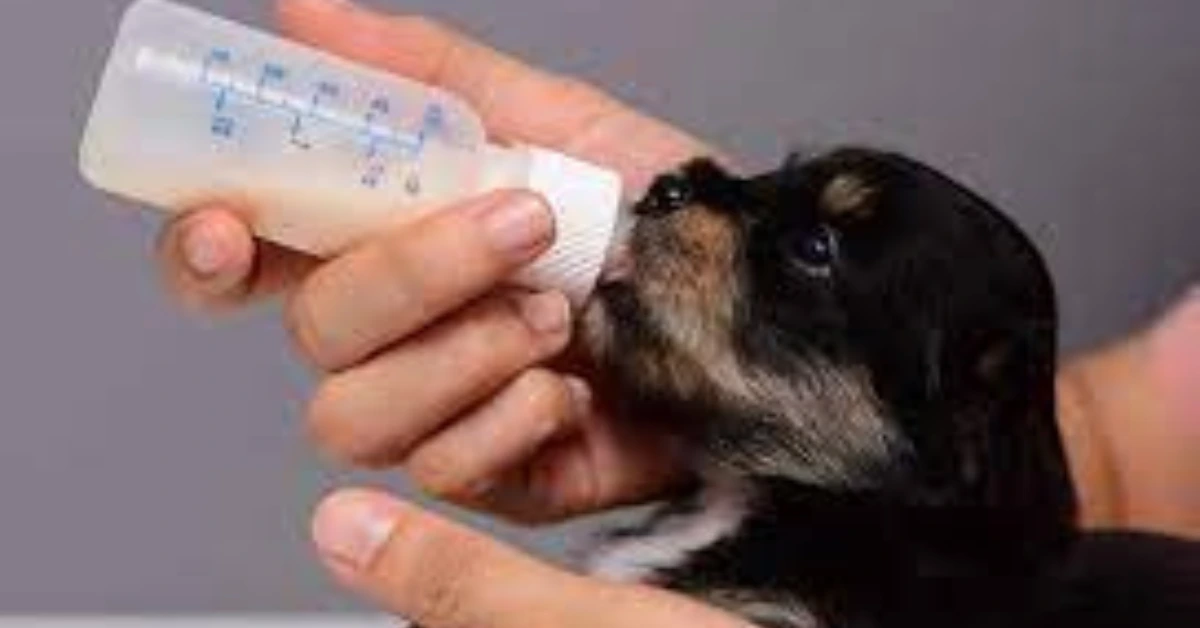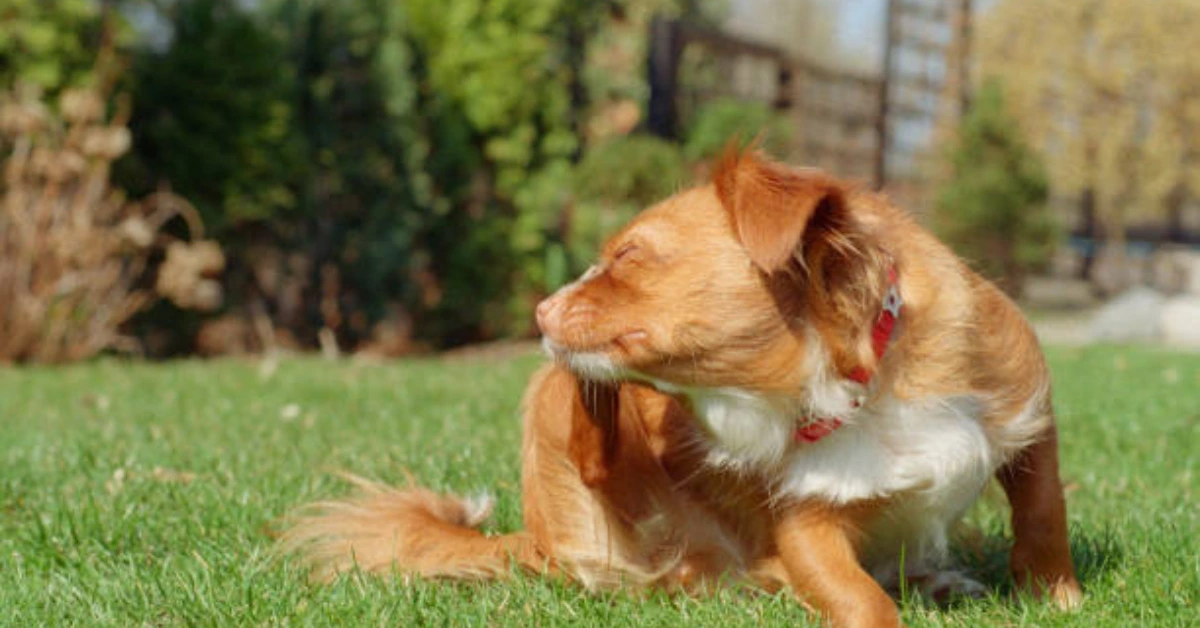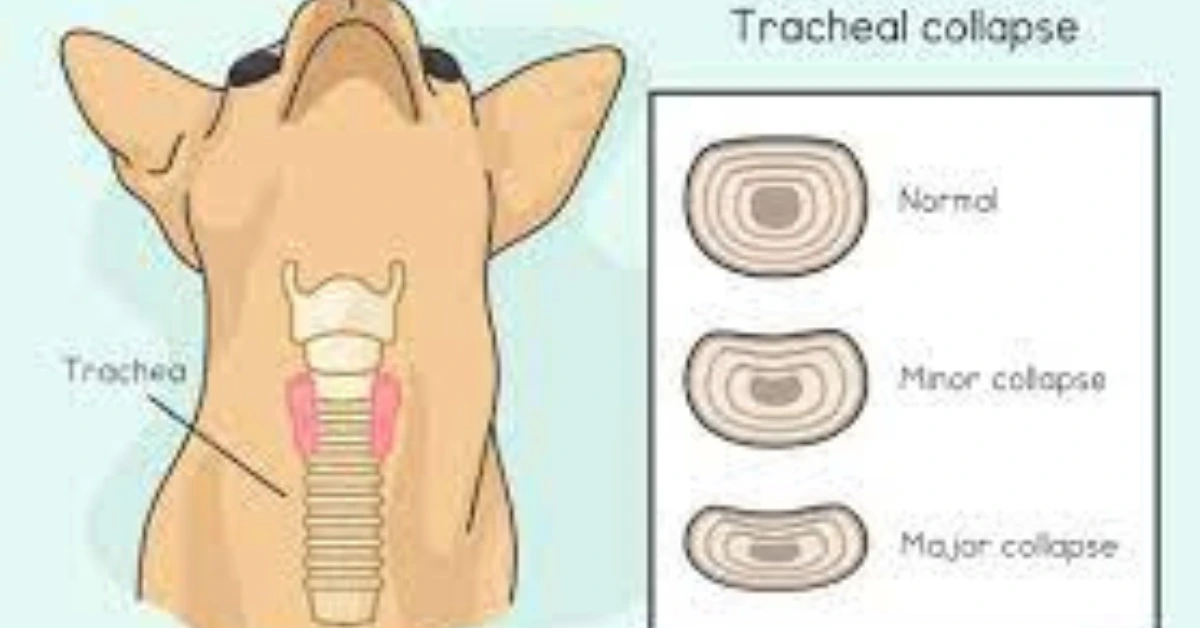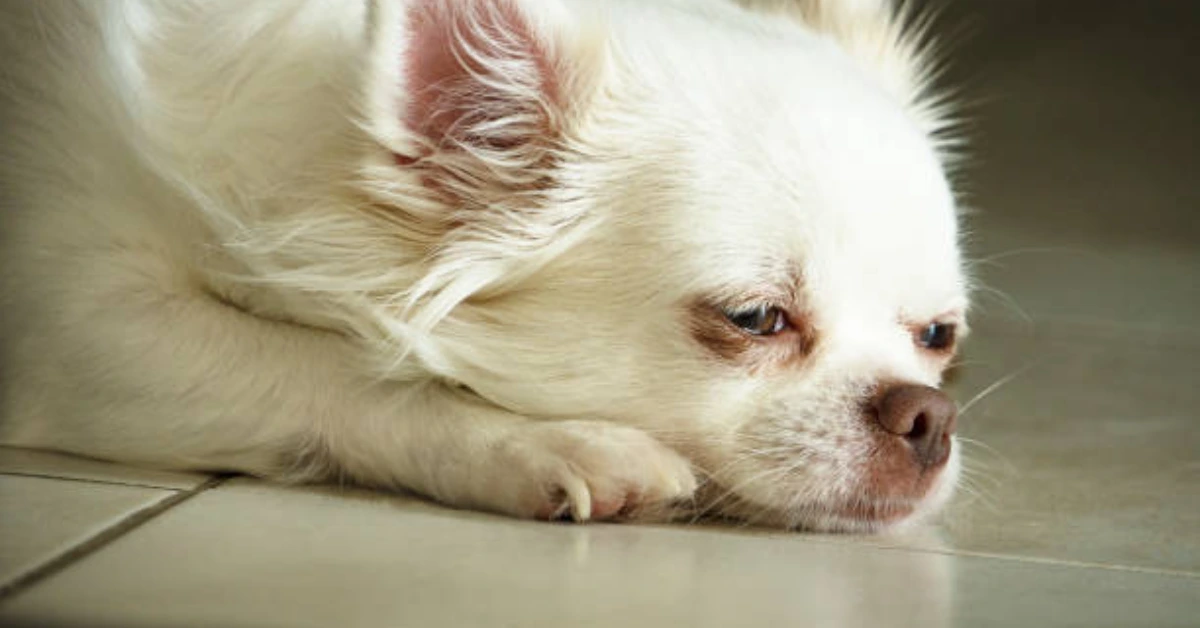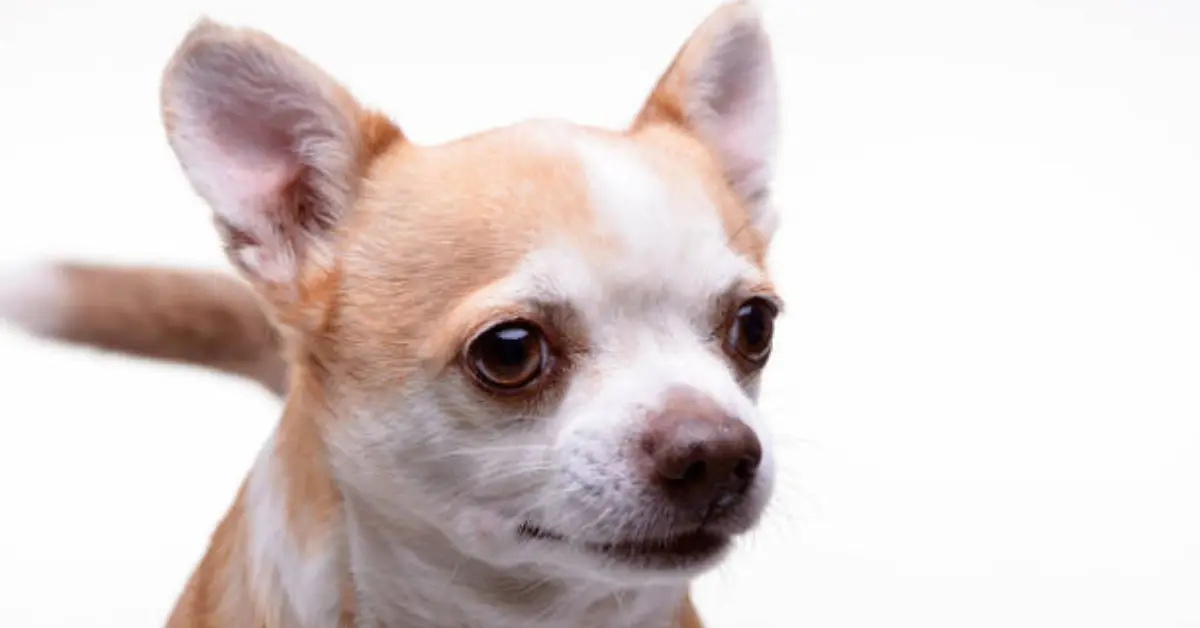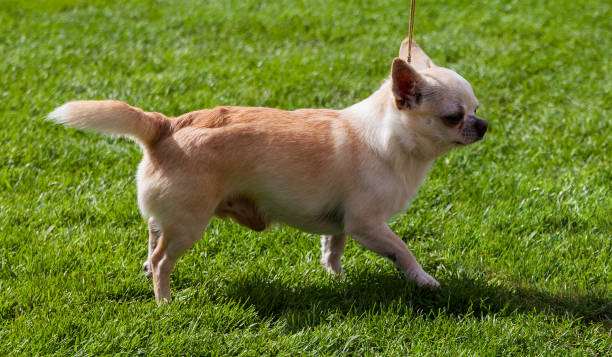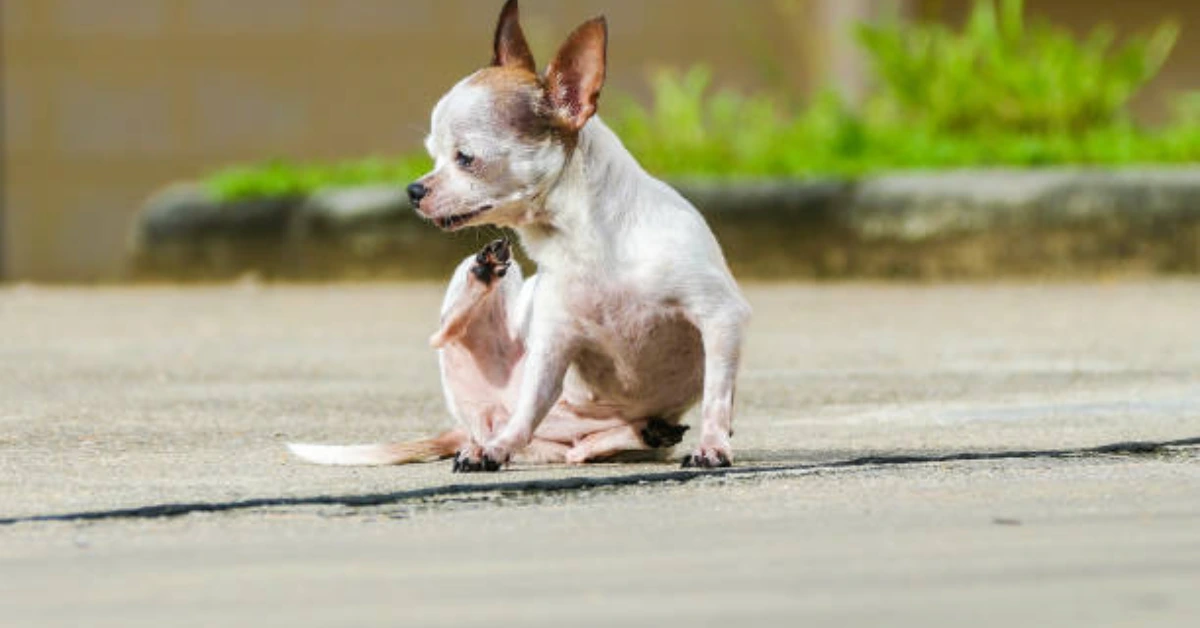Dog seizures are perhaps among the most terrifying experiences a pet owner can have.
Chihuahuas make excellent canine companions. It is simple to understand why this breed is so famous and a lot of dog lovers prefer them. From Coach-sporting celebs to the neighbor down the street. They have spunky, super-size personalities packed into pint-size bodies.
To the dismay of their owners, these spirited little dogs are unfortunately prone to some health challenges. Recurrent seizures are one of the most worrying problems the Chihuahua breed is currently facing.
In fact, a 2009 health survey by the Chihuahua Club of America indicated that XMR. It is an unsettling fact that many enthusiasts of the breed are scared for their future.
Advertisement
Overview
What does a chihuahua that has a seizure disorder like exactly? Now, much in the same way as a human seizure may happen, a dog seizure or convulsion is a rapid excessive, and unmanageable firing of nerves in your pooch’s brain.
When this occurs, it causes a sequence of involuntary movements (contractions) of some muscle groups, which might manifest as strange feelings, strange behaviors (such as staring into the distance, blinking, or repeated movements), a full-body convulsion, or any combination of the aforementioned.
Seizure activity typically consists of three distinct phases. Chihuahuas may get agitated, frightened, or clinging during the first stage, known as the “aura” stage, and they may also whine, shake, or hide from you.
The actual seizure takes place during the second stage, known as the ictal stage. Your dog may vocalize, chomp, pee, or poop during a seizure depending on the type because they are unable to regulate these actions at the time.
The time period immediately following the seizure is referred to as The post-ictal state. This stage, which can persist for a few minutes or up to a few days following the seizure, may cause your pup to appear confused, exhausted, or less responsive to you.
It’s crucial to be aware of the causes of seizures in Chihuahuas in addition to your four-legged family member’s seizure symptoms. The following are the most typical causes of seizures in this breed:
Causes Of Seizures In Chihuahuas
-
Hypoglycemia
(low blood sugar) This is particularly problematic for young chihuahua puppies who don’t feed regularly enough to keep their blood sugar levels stable. Chihuahuas don’t have a lot of energy reserves to fall back on because they have fewer fat cells than many other breeds.
To Know more about Hypoglycemia In chihuahua
-
Hydrocephalus
Several toy breeds, including Chihuahuas, are prone to the syndrome known as “water on the brain,” which is brought on by an abnormal buildup of cerebrospinal fluid inside the brain cavity. Poor growth, sluggishness, stumbling, and seizure activity can all be the result of increased pressure on the brain.
For More Info about Hydrocephalus
-
Shunt Portosystemic
A liver shunt is another issue that is common in toy breeds. It is caused by a blood artery that bypasses the liver. The deformity is typically congenital in Chihuahuas. The shunt can restrict a dog’s access to energy reserves and inhibit the liver from eliminating poisons from the bloodstream.
-
Idiopathic or hereditary epilepsy
Hereditary seizures, unrelated to any specific medical condition, can run in several Chihuahua breed lines.
Diagnostic Of Seizures In Chihuahuas
It’s preferable to delegate this duty to your veterinarian in order to identify the reason for your Chihuahua’s seizures. Your veterinarian may suggest diagnostic testing if your dog has had a seizure in order to determine the underlying cause of the episode.
A thorough medical history, examination (which may include a neurological exam), blood tests, urine, and stool testing are all examples of diagnostic procedures. These tests are essential for evaluating the kind of treatment required (if applicable) for the seizure activity in your Chihuahua.
Actions To Take
So, what should you do if your Chihuahua experiences a seizure? First of all, be calm and remember that they are only unconscious and not in any pain.
- To keep your dog safe, try to keep him away from things like furniture, stairs, and bodies of water.
- To prevent your chihuahua from flopping around or trying to stand up while having a seizure, you might need to hold them still.
- If you can, time the seizure and note how long it lasts as well. If there are many seizures, note how much time passes between each seizure.
- Additionally, utilize the camera feature on your cell phone and shoot a video of the seizure while it’s in progress to show your vet.
- If your chihuahua has a seizure that lasts over five minutes, contact your veterinarian right away for help.
- In addition, avoid putting your hand or any other object in your dog’s mouth when they are having a seizure. This is because dogs cannot swallow their tongues, and doing so puts you at risk. Your Chihuahua could also suffocate.
- When your small dog stops convulsing, stay by their side to console them and to help them relax down; they’ll need some extra tender loving care afterward.
Seizures in some dogs can occasionally turn dangerous. If you notice: You should bring your Chihuahua in right away for emergency veterinary care.
- longer-lasting seizures than a few minutes
- More than one seizure everyday seizures
- seizure activity that starts before your dog is fully recovered from the prior seizure
Keep an eye on your Chihuahua and guide them through any confusion or disorientation. To aid in her recovery following a seizure. Until your pet acts like themselves again, keep the room quiet and dim, speak slowly and calmly, and keep your furry buddy away from potential risks like staircases.
Last Word
While some dogs could appear worn out, others may recover from an incident and be eager to play right afterward. While you can give your dog a tiny bit of water. Be aware that they might not feel like eating or drinking for a while afterward.
It’s never easy to witness a fur baby go through a situation like that without being able to aid them. This makes Chihuahua owners’ seizures frightening for the little sprites. Yet, many Chihuahuas with seizure disorders live happy lives well into their senior years with the correct care and control.
YOU MAY ALSO LIKE:
Dementia in Chihuahuas: Symptoms, Treatment, And More
Cancer Risk in Your Chihuahua: Warning Signs
Advertisement

